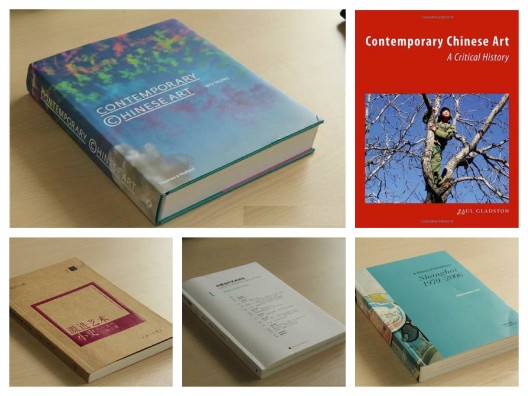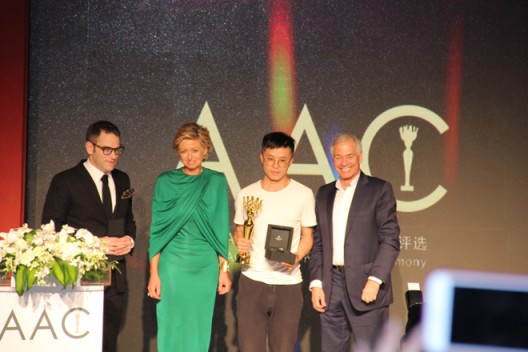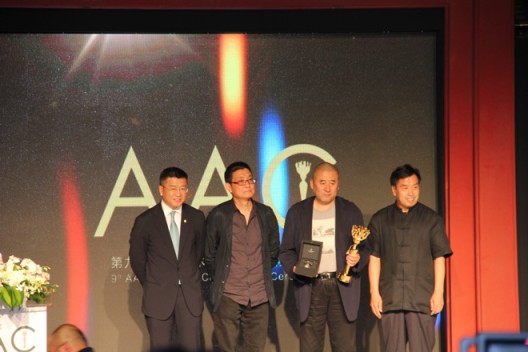On May 28, 2015, the award ceremony for “9th Award of Art China—the Most Influential People of the Year” took place in the Great Hall of the Establishment of Virtue [Jianfu Gong] in the Forbidden City in Beijing. This edition of the AAC awards has set the theme of “evolution and change” and focused even more on contemporary art. The award categories have been completely reorganized, simplifying the thirteen categories from last year to just three this year: “Artist of the Year”, “Young Artist of the Year”, and “Publication of the Year”. The results were announced on that very night.
The selection committee for AAC this year was chaired by Zhu Qingsheng, and included renowned critics, experts and scholars in the field of contemporary art and culture in China today: Bao Dong, Fei Dawei, Hou Hanru, Huang Zhuan, Gao Shiming, Li Zhenhua, Karen Smith, Lu Mingjun, Colin Chinnery, Shu Kewen, Philip Tinari, Wang Chunchen, Zhang Zikang, among others.
Publication of the Year: “Nomination Prizes” collectively awarded to five publications.
The five publications are: A History of Exhibitions: Shanghai 1979–2006 (by Biljana Ciric); Contemporary Chinese Art: A Critical History (by Paul Gladston); Contemporary Chinese Art; Jijin Yishu Xiaoshi: Bashi-niandai Shanghai Jishi [trans. “A Short History of Radical Art: A Record of the 1980s Scene in Shanghai” by Zhao Chuan]; and Zhongguo Dangdai Yishu Yanjiu / Journal of Contemporary Chinese Art Studies, volume 1: Ganguan Meiti yu Renzhi Fangshi de Zhuanbian (“A Transition in Sensory Media and Styles of Cognition”)

Zhu Qingsheng explained that the main prize of the “Publication of the Year” is aimed at texts that look at contemporary art in China. He also indicated an intense debate: “This year, the publications were restricted to contemporary art. After the selection committee’s deliberations, it was decided that the five books would receive the ‘Nomination Prize’ with no grand prize awarded.”
Young Artist of the Year: Lin Ke (the other nominees included: Cheng Ran, Hu Weiyi, Xu Wenkai aka Aaajiao, Yang Xinguang)
Reason given: Lin Ke’s works, with their complex visual qualities and internal logic, are mesmerizing, with an ability to inspire humans into imaginations about the links between the natural and the artificial, reality and virtual.

Artist of the Year: Zhang Peili (other nominees included Xu Zhen, He An, Liu Wei, Jiang Jie)
Reason given: “Zhang Peili’s work has always included multiple levels of meaning: political and social critique together with a focus on individual everyday life. His video works highlight the paradox between humans and the world; they freely and deeply engage in issues through a detached, neutral reflexive position, and thus forge a capacious, comprehensive, and strong artistic system. Zhang Peili’s works have a distinctive energy; his sound installations, with their distortions in continual crescendo which then disappear into nothing, express the conflicts and anxieties of communication in the age of media.”
